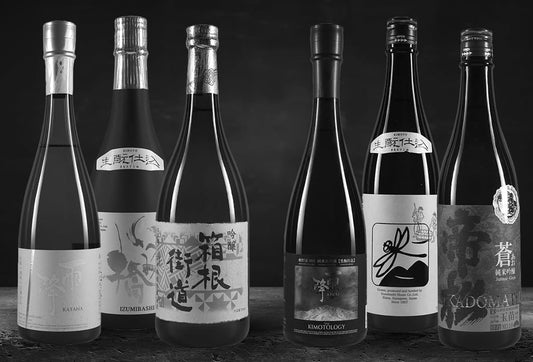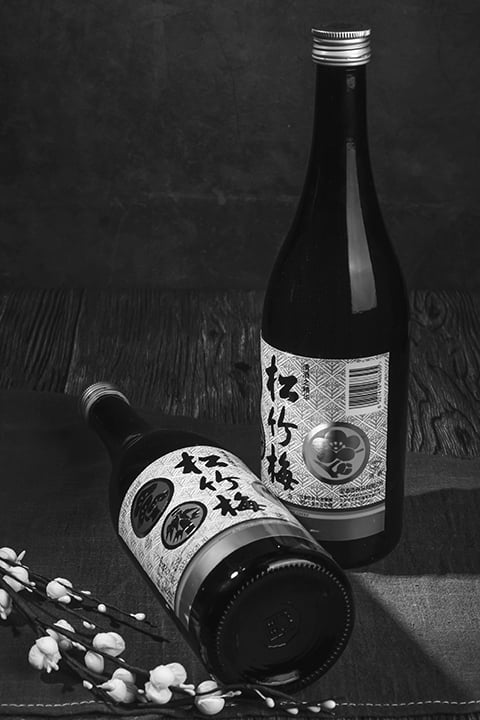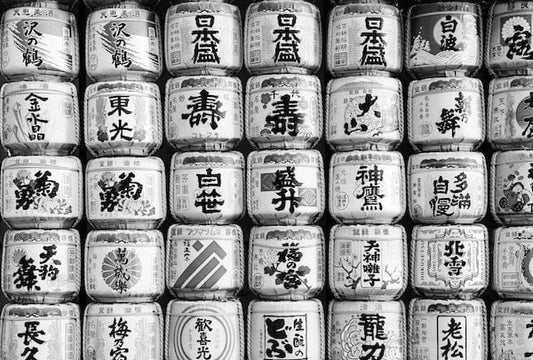
Sake Types: Understand the Difference
Split
Sake is an alcoholic beverage made from polished rice and water, and plays an important role in Japanese culture. There are many different types of sake, distinguished by their rice polishing rate and the addition of brewer's alcohol. While some varieties, such as Junmai sake, are brewed without added alcohol, others, such as Futsū-shu, contain significant amounts. This article explains the differences between different types of sake and discusses whether sake quality should be judged solely by rice polishing rate or the addition of brewer's alcohol.
Junmai sake is brewed without the addition of brewery alcohol and the rice polishing rate is not fixed.
Honjōzō sake has a rice polishing rate of at least 70% and brewery alcohol is added.
Ginjo sake has a rice polishing rate of at least 60% and brewery alcohol is added.
For Daiginjo sake, the rice polishing rate is at least 50% and brewery alcohol is added.
Junmai Ginjo Sake is brewed without the addition of brewery alcohol and the rice polishing rate is at least 60%.
Junmai Daiginjo Sake is brewed without the addition of brewery alcohol and the rice polishing rate is at least 50%.
Futsū-shu , or table sake, is not among the premium sake varieties, but still accounts for about 60% of the sake consumed in Japan. Futsū-shu is made from table rice and contains various additives such as biological acids, amino acids, sugar, and significant amounts of brewer's alcohol.
We generally advise against this type of sake. However, there are exceptions. The Japanese National Tax Agency may classify Junmai sake as Futsū-shu if it is made from table rice, even though no alcohol has been added. The same applies to sake with a koji content of less than 15%.
Junmai Daiginjo sake is often considered the highest quality sake. However, we believe that sake quality shouldn't necessarily be measured by the amount of rice polishing or the omission of brewer's alcohol. There are numerous examples where a non-Junmai Daiginjo sake exhibits an incredibly harmonious character and has nothing to hide in terms of quality.
Overall, there are many factors that can influence the quality of sake, and it's difficult to narrow them down to the rice polishing rate or the addition of brewery alcohol. While Junmai Daiginjo sake is often considered the finest sake, there are many examples of other sake varieties that are equally harmonious and high-quality. Ultimately, the choice of sake depends on individual preference, and it's worth trying different varieties and discovering the diverse flavors and textures of Japan's national drink.



